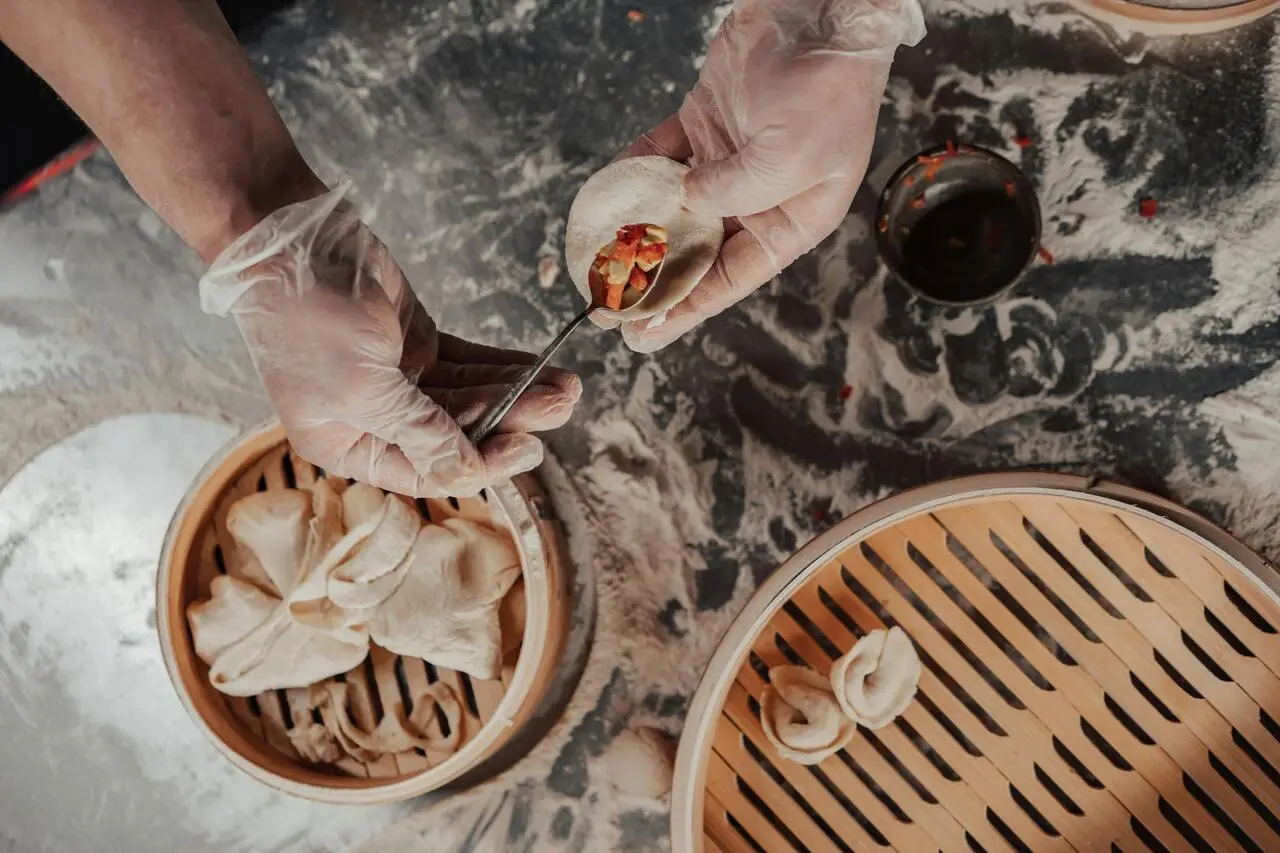The US teaspoon volume may seem trivial, but it boasts a surprisingly complex and interesting history in medicine, trade, and the evolution of modern cuisine. Understanding how the US teaspoon came to equal exactly 1/6 of a fluid ounce, and how that differs from its European equivalent can spare you costly mistakes in recipes, medicine, and food manufacturing.

Standard US Teaspoon Volume
A US teaspoon is legally 1/6 of a US fluid ounce. That translates to:
- 1 US teaspoon ≈ 1/6 fl oz
- 3 teaspoons = 1 tablespoon
- 2 tablespoons = 1 fluid ounce
This is the standard used across FDA regulations, recipes, food labels, and prescription dosing. It's consistent across American households and institutions, but it didn't used to be.
How the US Teaspoon Volume Became Standard
Prior to the 19th century, American kitchen and pharmacy measures were in a state of chaos. There was not a single "teaspoon" size; in fact, spoons were often homemade or imported and varied drastically in shape and volume. The word "teaspoon" was actually taken from tea service sets of the 17th and 18th centuries and did not have any standard definition.
In the early 1800s, apothecaries both on the European continent and in the US attempted to standardize medical doses in terms of household spoons. However, there were still variations. One doctor's teaspoon could be twice as much as another, which was dangerous in medicinal uses.
To correct this, the United States Pharmacopeia (USP) began issuing standards in the 19th century to normalize dosing spoons. By the 1900s, the USP formally decreed that a teaspoon would be 1/6 of a fluid ounce, or about 4.93 ml, in an effort to advance safety and consistency in medication dosing.
This definition slowly made its way into home kitchens as standardized measuring spoons became commercially available early in the 20th century. The likes of Pyrex and Tupperware helped to standardize the sizes by mass-producing utensils with printed measures.
European Teaspoon Size in US Terms
In Europe, the path to standardization was different. The metric system, instituted during the French Revolution and later adopted across the continent in the 19th and 20th centuries, defined 1 teaspoon as exactly 5 milliliters. That is approximately 1/5 fl oz in US fluid ounces.
So to compare:
- US teaspoon = 1/6 fl oz
- European teaspoon ≈ 1/5 fl oz
The European teaspoon is about 17% larger than the American. That is not a lot, perhaps, but when it involves multiple teaspoons or when working with extremely potent ingredients, it matters.
Quick Comparison Table
| Region | Teaspoon Volume (fl oz) | Teaspoons per Tablespoon |
|---|---|---|
| United States | 1/6 fl oz | 3 |
| Europe | ~1/5 fl oz | ~2.4 |
Historical Origins of the Teaspoon
The teaspoon dates back to the earliest times of formal tea consumption in 17th-century England. Teaspoons made of silver and porcelain were luxury items that complemented fine china at that time. These were smaller than modern teaspoons, but there was no set standard.
By the 18th century, as tea became ubiquitous and medicine more standardized, the "teaspoon" made it into apothecaries. Physicians would prescribe "one teaspoon" of a syrup or tincture, but this would vary wildly based on the actual spoon used.
In the 19th century, in both the US and the UK, there were attempts to standardize kitchen and pharmacy measures. But Europe turned toward the new metric system and established 1 teaspoon as precisely 5 ml, whereas the US continued with traditional units. This is how we ended up with the discrepancies we have today.
Effect on Cooking and Medicine
Even a tiny difference in volume can have actual effects:
- Baking: Too much baking powder or baking soda can ruin texture and flavor.
- Spices: An excess of 17% of cayenne or cinnamon can overtake a recipe.
- Medicine: Liquid medicines that are meant to be dosed in teaspoons must be the correct volume to avoid under- or overdosing.
That is why most prescription medications in the US are now dosed in milliliters—even though the household spoon is still used, a milliliter-marked syringe or cup is strongly recommended.
Are Your Drawer Spoons Accurate?
No! Your drawer spoons are not accurate measuring devices. A US standard flatware teaspoon can measure anywhere from 3.5 to 7 ml, depending on the depth and shape of the spoon. This is why standard measuring spoons are so important.
When measuring recipes—especially those from foreign countries—a set of standard measuring spoons that are graduated in teaspoons, tablespoons, and fluid ounces is ideal.
Tips for US Cooks Using European Recipes
- Assume that a European teaspoon equals around 1.2 US teaspoons.
- Reduce teaspoon amounts slightly when converting from a European recipe to American kitchen measurements.
- When baking or mixing spices, measure ingredients by weight for greater accuracy if possible.
- Be especially cautious with ingredients like yeast, salt, baking soda, or hot spices.
Conclusion: Why the US Teaspoon Volume Still Matters Today
The US teaspoon volume is a small but critical part of accurate cooking, baking, and medicine. The result of centuries of evolving standards, this 1/6 fluid ounce measurement reflects the American insistence on customary units even after the majority of the world embraced the metric system.
Whether you're crafting recipes, following international instructions, or dosing a precise amount, understanding the difference between the US and European size of teaspoons gives you a certain advantage. Measure with care—and don't underestimate the power of a teaspoon.